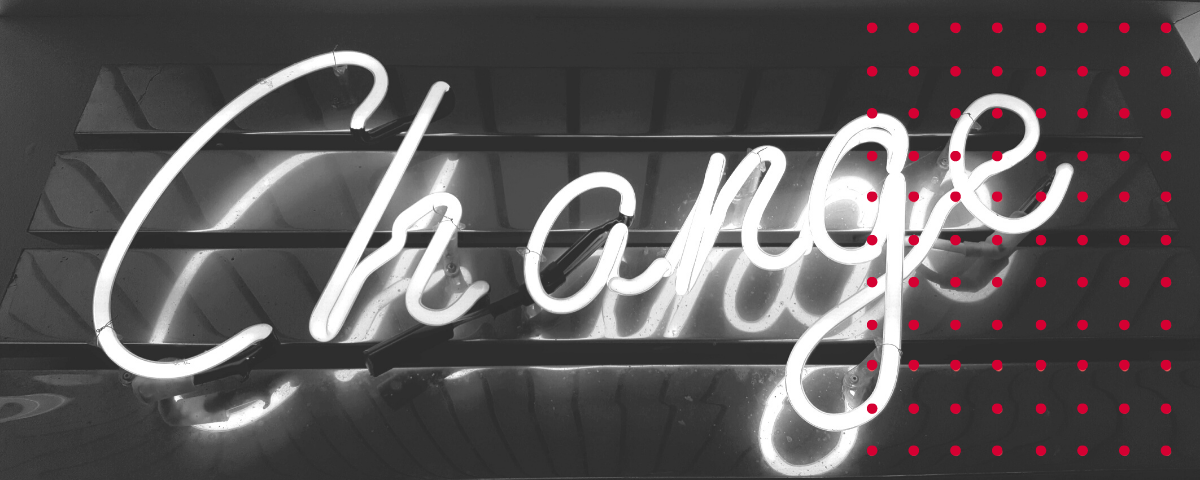At the time of writing this, we’re facing a scary global pandemic where the whole economy has basically been shut down. However, rather than put everything on hold, there are numerous innovative companies who are instead focusing on ways to create better experiences within the online sphere.
Experiential marketing is an exciting, transformative marketing niche that more and more brands are putting into practice to set themselves apart from the crowd. In today’s culture of choice and variety, where we have the luxury of being able to pick and choose at the click of a button, creating a genuinely memorable and unique brand experience has become difficult to achieve.
Technology and trends are constantly shaping the way that we market towards our audiences, with the reality being that traditional marketing techniques are often no longer enough to make an impact. It’s no longer about giving the best price or best deal, instead, people want to see how unique your brand is. Experiential marketers, therefore, aim to do two things; think outside the box and make a positive lasting impression.
The best experiential marketing campaigns delight the consumer, provide inspiration and motivate them to get on board with your brand. That said, here are the top trends to watch out for within the experiential marketing space.
1. Virtual experiences & social media
Companies and individuals that are reactive and quick on their feet have largely benefitted from this, finding new ways to reach their audiences without physical contact. Over the past few months, we’ve seen world-famous musicians hosting virtual concerts from the comfort of their living rooms, and live-streamed stage performances of popular theatrical productions. The possibilities are endless, and the amount of creativity has been incredible. It could be predicted that this challenging time will shape the way that we use experiential marketing in the future, leaning more towards virtual experiences.
2. Sustainability
Being sustainable, or showing sustainable initiatives, has become an essential effort that consumers expect brands to make. Those that are failing to make sustainable changes are at risk of losing consumer loyalty, so a lot of experiential marketers are looking for ways to incorporate this initiative into their consumer experiences.
In a lot of instances, the focus has turned to the basics, such as zero-waste food and drink packaging, but others are showing more creativity in their efforts to be sustainable, for example by using unique renewable energy sources. We predict that this will become more and more important as time goes on; being sustainable will start to become a requirement rather than an added pleasantry.
3. VR & AR
Immersive technologies have been hugely popular in recent times and we predict that they will continue to be a big trend for the near future. VR technologies such as the Occulus Rift headset can be used by brands to enhance the experience of consumers, transporting them to an entirely new reality where they can experience new places or try new things. Brands have come up with a multitude of imaginative ways to use VR in their experiential marketing, from car manufacturers offering virtual test drives to hotel companies offering the chance to look around their rooms via the headset.
On the other hand, AR technologies can provide a less expensive way to enhance consumer experience. Snapchat filters can raise awareness for certain campaigns and can engage visitors by creating a sense of community during events. AR technology can also seamlessly integrate 3D imagery into video technology as a way to captivate viewers.
4. Influencers
Influencer marketing is a relatively new strain of marketing that has taken the industry by storm, providing a really effective channel for brands to reach out to potential consumers. You may have heard of the likes of Zoella, PewDiePie, Mrs Hinch and more, all who have found their fame by creating content on various online social platforms. Brands can reach out to these influencers and partner with them to create paid-for content about a particular product/event.
Combining influencer marketing with experiential marketing has, in recent years, become a massively important way to boost engagement and raise brand awareness. For events, viewers can experience an event vicariously through their chosen influencer, giving them a taste of what to expect and motivating them to attend.
Influencers can also create product demonstrations for their audience, creating a positive way for consumers to experience a brand as if being recommended by a friend. Key to this is creating a natural partnership by choosing the right influencer in order to reach the intended demographic.
Experiential brand activations are growing in popularity and offer the potential to reach a whole host of consumers. The future of experiential marketing is bright, so why not give it a go?
Our Exceptional Experiences content stream at IBTM World Virtual will be covering many different aspects of experiential marketing, with top speakers from brands such as Bacardí, Philips and Virgin Atlantic.
Register to attend the show and you can see all the sessions on Day 3 (10 December 2020) on our virtual platform!

